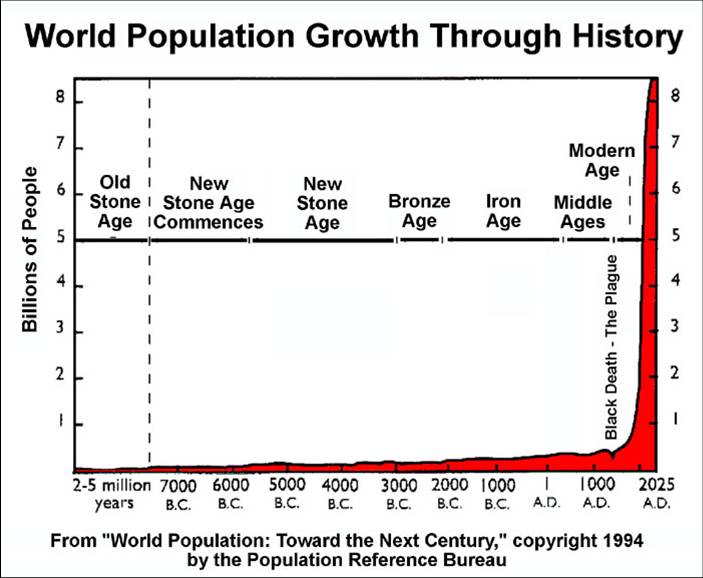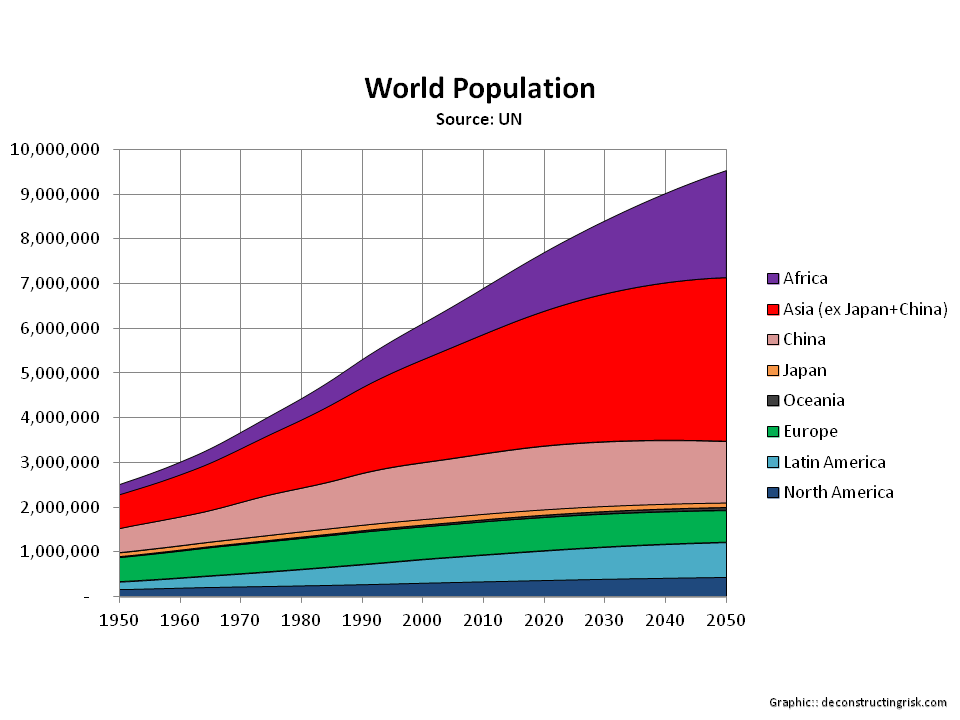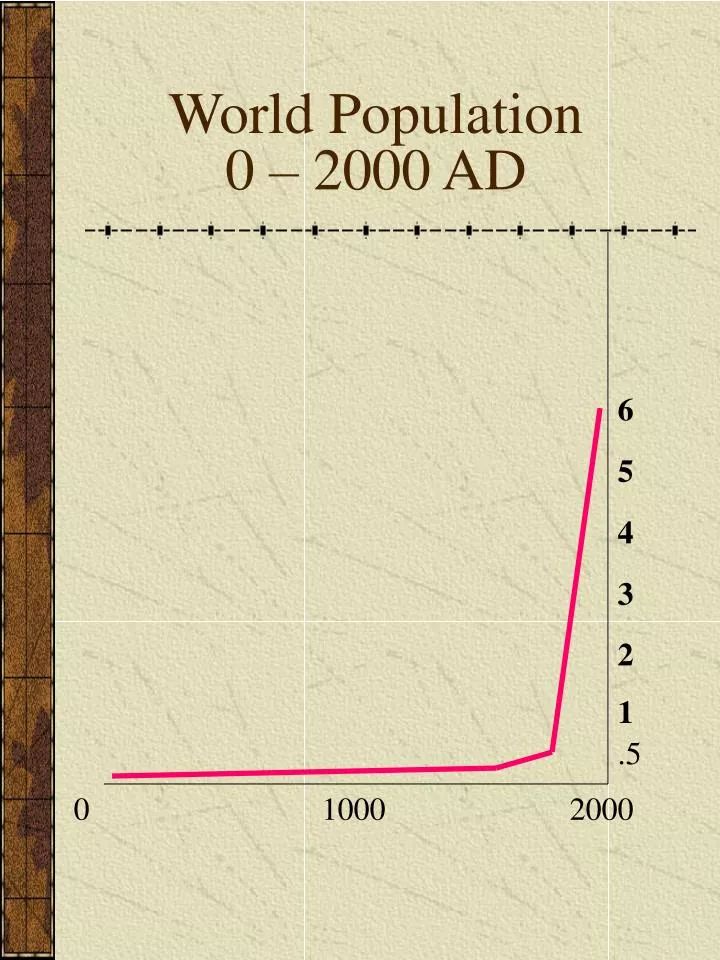


By 1800 the West European urban ratio was 10.6 per cent, the Chinese 3.8 per cent and the Japanese 12.3 per cent. In the year 1000, this ratio was zero in Europe (there were only 4 towns with more than 10000 inhabitants) and in China it was 3 per cent. Thanks to the work of de Vries for Europe and of Rozman for Asia, one can measure the proportion of population living in towns with more than 10000 inhabitants. Striking example is the urbanisation ratio. The strongest and most comprehensive evidence is that for population, and the population component is of greater proportionate importance in analysis of centuries when per capita income growth was exiguous.ĭemographic material is important in providing clues to per capita income development.

Nevertheless, the exercise in quantification is not a product of fantasy. Prior to 1820, the evidence is much weaker, and there are more gaps in the database. Statistical evidence on world population and its regional distribtion are fairly well documented since the beginning of the nineteenth century (1820). de Vries population estimates for Europeįrom Angus Madison The world economy a millenial perspective.Alternative estimates of regional distribution of world population 0-1700.Rates of growth of world population 0-1998 A.D, 20 countries, regional totals (annual average compound growth rates).World population 0-1998 A.D, 20 countries, regional totals (thousands).Evolution de la population mondiale 0-2000.


 0 kommentar(er)
0 kommentar(er)
